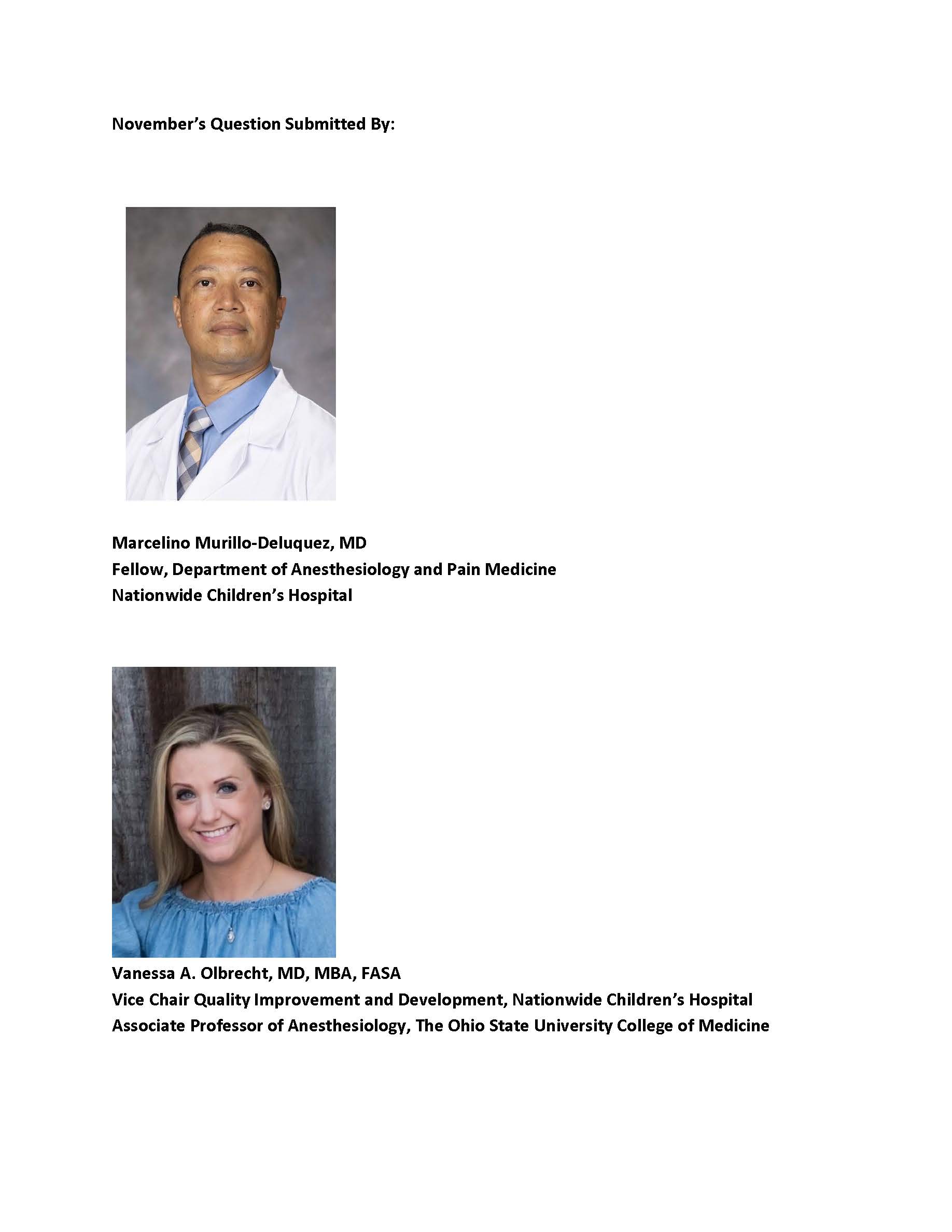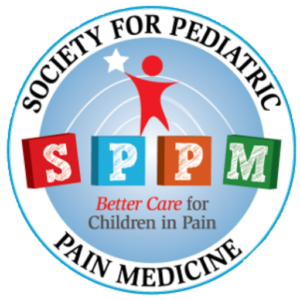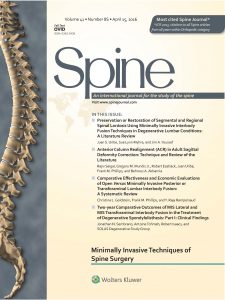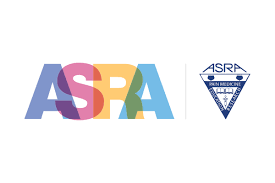 Virtual reality-based guided relaxation (VR-GR) used as a non-pharmacological intervention in children and adolescents with acute postoperative pain has been shown in a pilot study to be associated with a decrease in which of the following parameters:
Virtual reality-based guided relaxation (VR-GR) used as a non-pharmacological intervention in children and adolescents with acute postoperative pain has been shown in a pilot study to be associated with a decrease in which of the following parameters:
Virtual reality (VR), a multimodal system that transports users into a fully immersive virtual world, has been explored as a complementary pain management strategy for many years. Until now, the primary use of VR in both pediatric and adult care has been distraction-based therapy during acutely painful procedures.1–5 However, given the risks associated with opioid exposure in children, including after surgery,6 VR is now being explored as a method of helping to decrease postoperative pain and anxiety after surgery.7–9
A pilot study done at Cincinnati Children’s Hospital Medical Center explored the use of a single, guided relaxation-based VR session (VR-GR) in children and adolescents following surgery.8,10 Over a 9-month period, a total of 51 children and adolescents followed by the Acute Pain Service participated in a single, 10-minute session using the “Mindful Aurora” application (Invincikids, Palo Alto, CA). Baseline measurements of pain intensity, pain unpleasantness, and anxiety were taken for each patient and compared to these same values immediately following the experience as well as 15 and 30 minutes following session completion. The VR-GR session was associated with transient reductions in pain intensity, pain unpleasantness, and anxiety. Patient and family satisfaction with the experience was high. Future study is being done to assess the efficacy of VR in decreasing pain, anxiety, opioid, and benzodiazepine consumption via a randomized controlled trial allowing for further exploration of this alternative, non-pharmacological intervention.
References:
1. Malloy KM, Milling LS. The effectiveness of virtual reality distraction for pain reduction: A systematic review. Clin Psychol Rev. 2010;30(8):1011-1018. doi:10.1016/j.cpr.2010.07.001
2. Indovina P, Barone D, Gallo L, Chirico A, De Pietro G, Giordano A. Virtual Reality as a Distraction Intervention to Relieve Pain and Distress During Medical Procedures: A Comprehensive Literature Review. Clin J Pain. 2018;34(9):858-877. doi:10.1097/AJP.0000000000000599
3. Mallari B, Spaeth EK, Goh H, Boyd BS. Virtual reality as an analgesic for acute and chronic pain in adults: a systematic review and meta-analysis. J Pain Res. 2019;Volume 12:2053-2085. doi:10.2147/JPR.S200498
4. Garrett B, Taverner T, Masinde W, Gromala D, Shaw C, Negraeff M. A Rapid Evidence Assessment of Immersive Virtual Reality as an Adjunct Therapy in Acute Pain Management in Clinical Practice. Clin J Pain. 2014;30(12):1089-1098. doi:10.1097/AJP.0000000000000064
5. Li A, Montaño Z, Chen VJ, Gold JI. Virtual reality and pain management: current trends and future directions. Pain Manag. 2011;1(2):147-157. doi:10.2217/pmt.10.15
6. Harbaugh CM, Lee JS, Hu HM, et al. Persistent Opioid Use Among Pediatric Patients After Surgery. Pediatrics. 2018;141(1):e20172439. doi:10.1542/peds.2017-2439
7. Olbrecht VA, Williams SE, O’Conor KT, et al. Guided relaxation-based virtual reality versus distraction-based virtual reality or passive control for postoperative pain management in children and adolescents undergoing Nuss repair of pectus excavatum: protocol for a prospective, randomised, controlled trial (FOREVR Peds trial). BMJ Open. 2020;10(12):e040295. doi:10.1136/bmjopen-2020-040295
8. Olbrecht VA, O’Conor KT, Williams SE, et al. Guided Relaxation-Based Virtual Reality for Acute Postoperative Pain and Anxiety: A Pilot Study in a Pediatric Population. J Med Internet Res. Published online May 4, 2021. doi:10.2196/26328
9. Olbrecht VA, O’Conor KT, Williams SE, et al. Transient Reductions in Postoperative Pain and Anxiety using Virtual Reality in Children. Pain Med Malden Mass. Published online June 27, 2021:pnab209. doi:10.1093/pm/pnab209
10. O’Conor KT, Olbrecht VA. Using Guided-Relaxation Based Virtual Reality to Manage Post-Surgical Pain and Anxiety in Children. Society for Pediatric Pain Medicine Newsletter. https://pedspainmedicine.org/wp-content/uploads/newsletters/2021/summer/VR/guided%20relax.html. Published Summer 2021. Accessed September 20, 2021.




 SPPM 13th Annual Meeting
SPPM 13th Annual Meeting